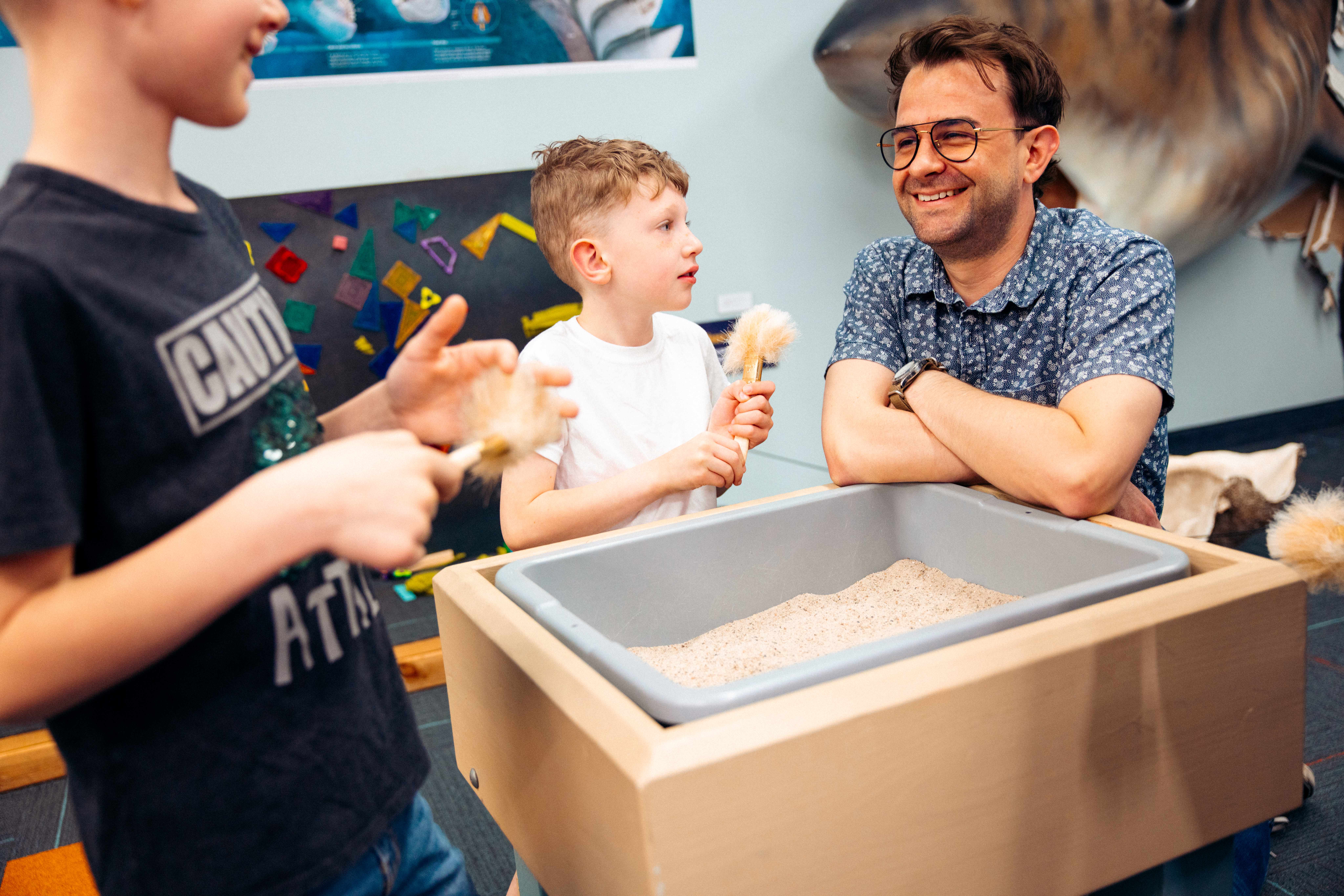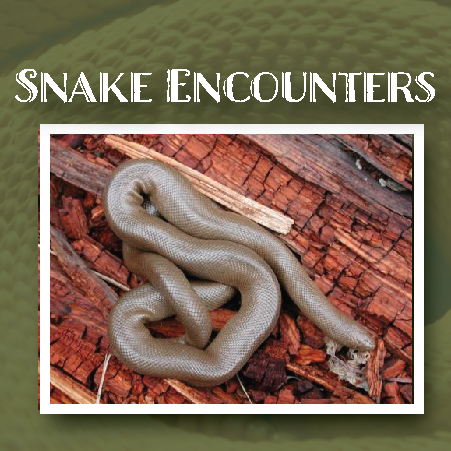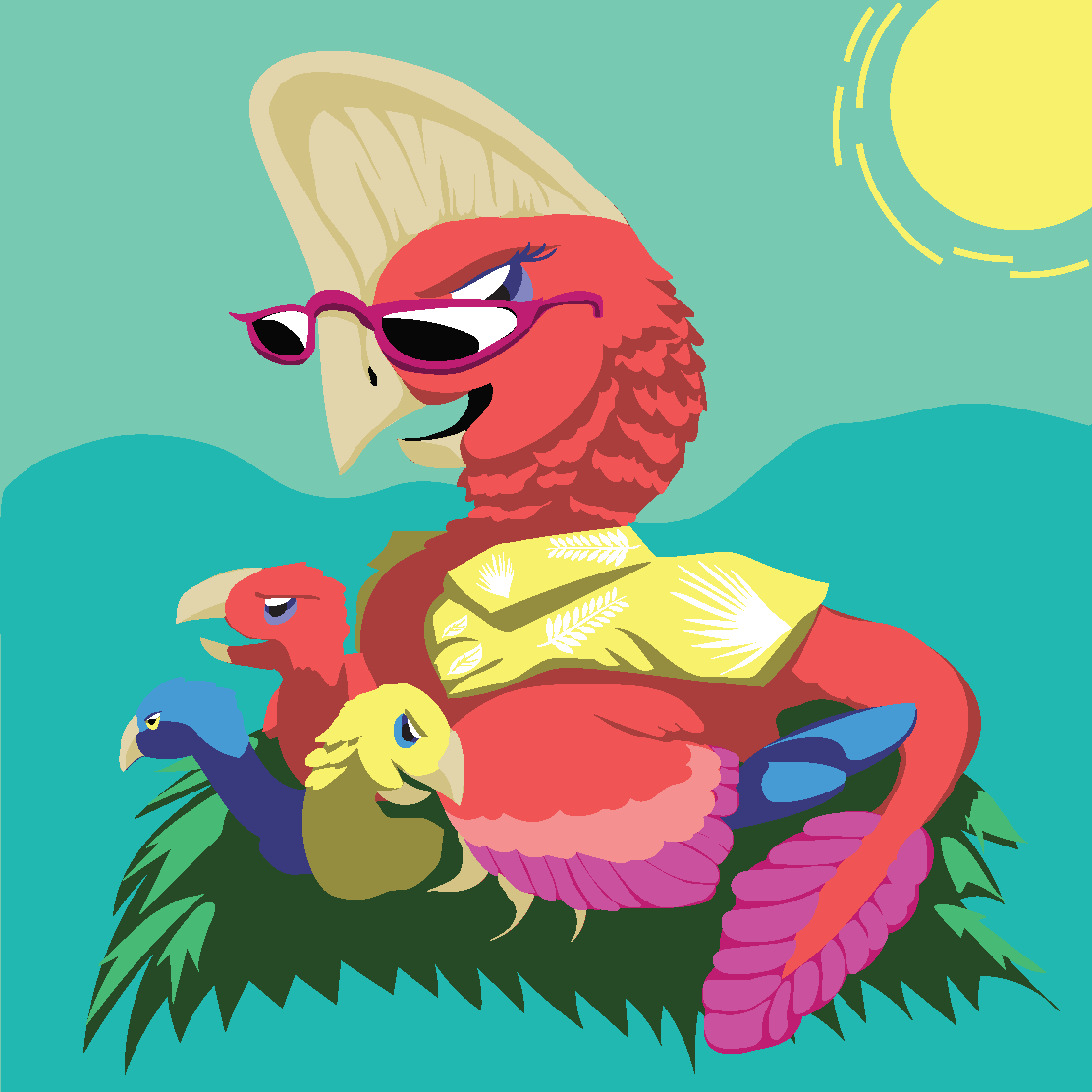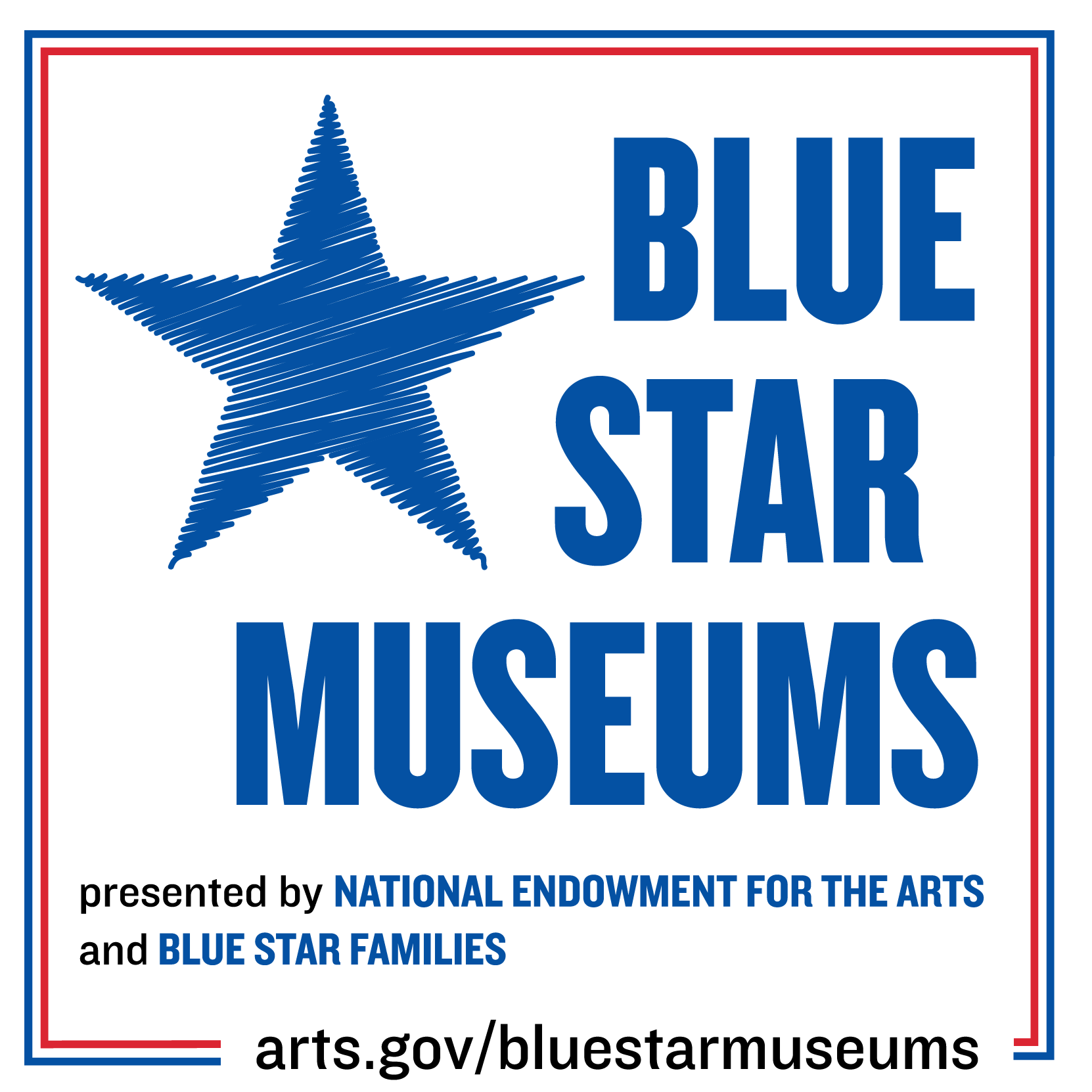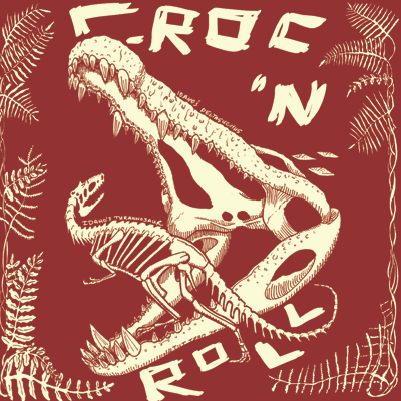Visitor Information
Hours^
Monday: 10 a.m. - 5 p.m.
Tuesday: 10 a.m. - 5 p.m.
Wednesday: 10 a.m. - 5 p.m.
Thursday: 10 a.m. - 7 p.m..
Friday: 10 a.m. - 5 p.m.
Saturday: 10 a.m. - 5 p.m.
Sunday: 12 p.m. - 5 p.m.
^last ticket sale 45 minutes before closing
Admission
Adult (18+): $9.00
Senior (60+): $6.00
Youth (4-17): $4.00
3 & under: Free*
Member: Free*
ISU Faculty/Staff/Students: Free*
Active Military & Veterans: Free* BLUE STAR MUSEUM
*with appropriate ID
Parking
Complementary parking is available in the Idaho State University's G01. To access Museum parking from 8th Ave take the eastern entrance into the large parking lot, continue straight to the end of row, take a left turn, continue straight to the six designated Museum parking spots.
Looking for RV Parking?
Support the Museum
At the IMNH, our philosophy is all about discovery! Discovery through world-class, science-based programming that highlights the incredible life, earth, and anthropology collections we steward for the State of Idaho, its citizens, and our visitors.
The benefits of membership:
- Free unlimited museum admission
- 10% museum gift shop
- Exclusive event and exhibit invitations
- Subscription to the monthly e-newsletter
- ASTC Travel Passport Program
Get involved in the following ways:
